For anyone considering buying a metal detector today, one thing that you might not be aware of is how they work. Metal detectors have been around for a long time and have become a major part of many lives. From hobbyists on an exploration trip to those who find metal for a living, it’s got many purposes.
Metal detectors are even used in warfare and post-warfare, mostly for detecting firearms, landmines, and other explosives. However, while many of us are aware that metal detectors exist, we might not know very much about them. So, let us break down the basics for you in this article.
In this article, we’re going to cover:
- A brief history of the metal detector, and how it came to be.
- The benefits of using a metal detector today.
- What kinds of metal detector you can find on the market today?
- A description of how metal detectors actually achieve their stated aim.
When used on a regular basis, metal detectors can be an exceptionally enjoyable little item to play with. However, make no mistake; they are more than just a little toy to be played around with or messed around with. They are an extremely useful item and one that has been used for a host of purposes over the years.
For the metallic discovery teams that you see down your local beach to warfare bomb disposal teams, metal detectors have a rich and varied history of being used. Let’s investigate further!
Digging Deeper: 5 Best Metal Detectors For Beginners – A Helpful Guide
The history of the metal detector
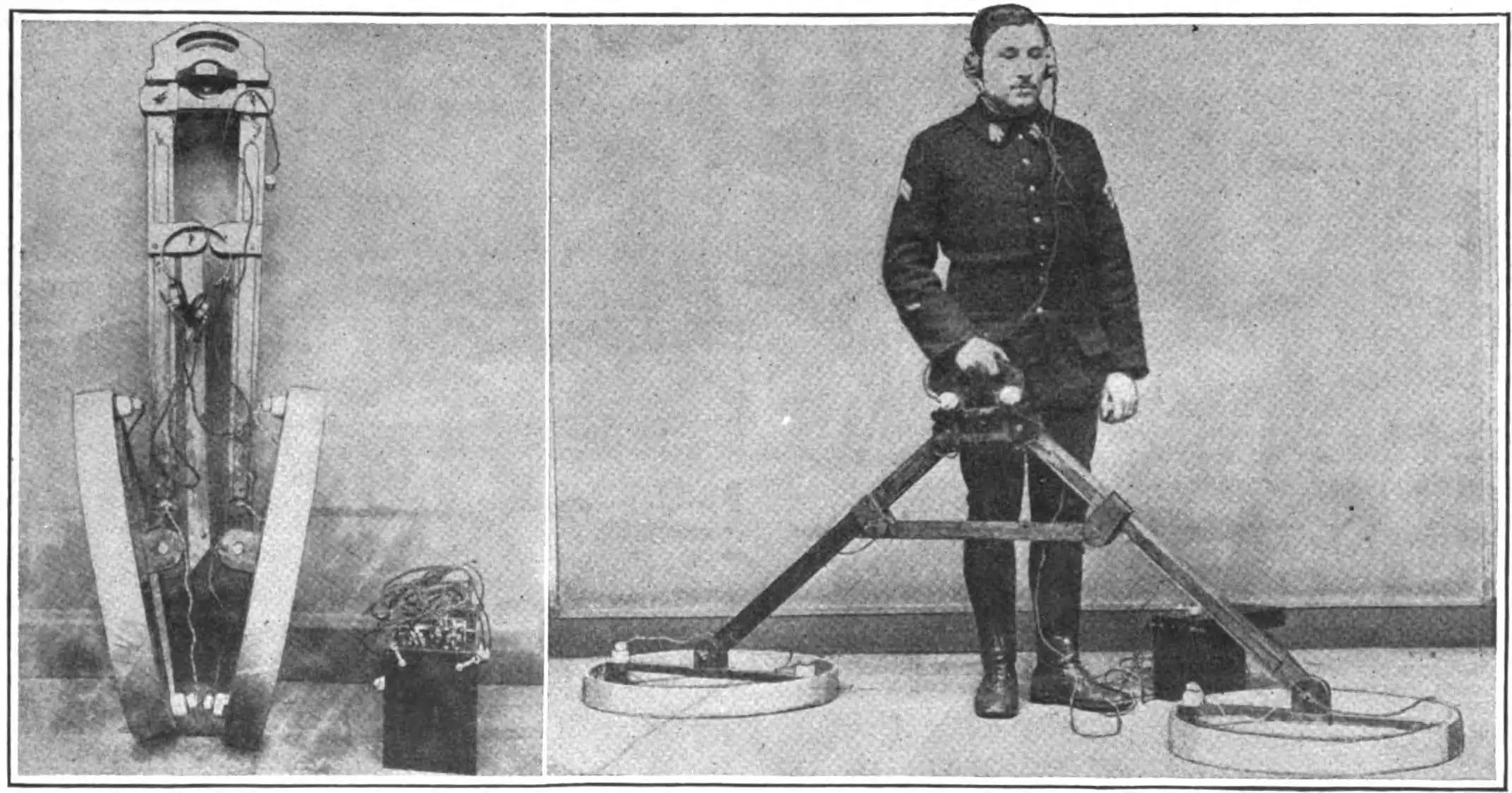
Metal detectors might seem like a relatively new invention, but they are nothing of the sort. In fact, inventor extraordinaire Alexander Graham Bell came up with the first metal detector as far back as 1881. It was designed to try and come up with a way to find the bullet that was lodged in James Garfield, the President of the day.
An assassin shot Garfield, and they couldn’t find the slug that was killing him from within. Bell came up with the metal detector, using electromagnetic functions to try and hunt down the bullet from within. He called it his ‘induction balance’, and it set a precedent for how such a tool could be used.
However, it wasn’t until the 1920s that we saw the next major innovation. In 1925, Gerhard Fischer released the first-ever portal metal detector. By the early 1930s, it was on sale and became the first mass-produced metal detector.
Having been asked by the Federal Telegraph Co. and the Western Air Express company to come up with an airborne detection device, Fischer got to work. The result was the development of a patented solution that could find items mid-air by using a radio. This work was used to help inspire and then eventually complete his metal detecting solution.
So, from there, metal detectors began rather interesting progress. They started to become far more diverse in the market, with new forms of metal detector entering the marketplace.
The 1950s
By the 1950s, we now had a wide range of different metal detecting devices on the market to pick from. This changed how the industry was viewed by outsiders. From the Beat Frequency Oscillator that Charles Garrett came up with to the Wi-Fi models that we have today, we’ve seen a huge change in how we go about developing metal detectors.
What is a metal detector used for?
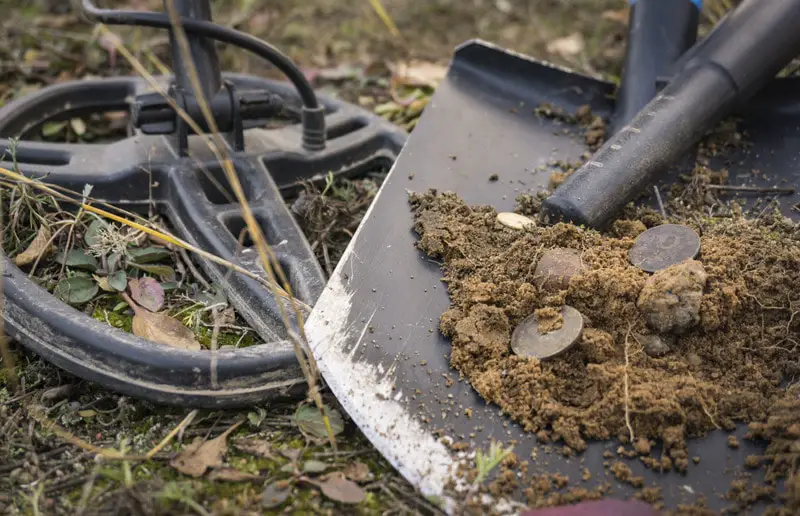
Metal detectors have a wide range of historical uses and have been put to use in a varied group of different paths. One of the best examples of a metal detector being used successfully stems from archaeology. Metal detectors have been a common part of an archaeologist’s tool belt since the 1950s.
However, some archaeology experts think that they shouldn’t be used as they can “disrupt” the dig site. While some dispute this, saying it helps to speed up discovery, others say that it simply removes all context from the discovery. It’s also commonly used in treasure hunting in general, with many people finding items of historical and/or cultural importance over the years hidden away underground.
Metal detectors are also commonly used in various forms of bomb discovery and disposal.
What kind of metal detectors are there today?
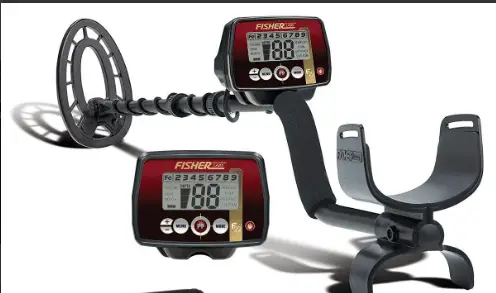
If you do intend to go ahead and buy a metal detector, then you should absolutely look to do so. However, before you choose what you are going to buy, we recommend you learn about the types of metal detectors that you can buy from today. With so many choices, you should always look to ensure that you can make some positive choices and ensure you get a fantastic detector in return.
Very Low-Frequency Detector
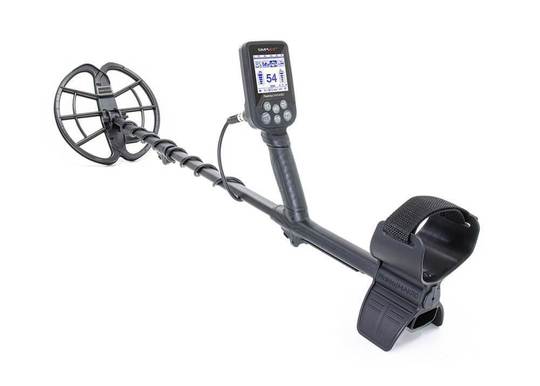
Otherwise known as the ‘ideal’ option for most, Very Low Frequency (VLF) detectors are very popular today. These are one of the most popular styles in use today because they are so easy to use. They are extremely accurate and also arguably have the best level of sensitivity out of the main options that you could go and buy today.
This uses a pair of coils that work in tandem with one another. The first coil works as the transmitter, while the second is a receiver. This is used to help you to pick up the signal that comes from the main coil, and it can then amplify that signal multiple times.
The transmitter coil uses a magnetic below both above and below the ground. It can normally go about 2ft underground, too. If it finds a metal object, then it develops a magnetic current picking up the interference.
This then sends an audio signal out, letting you know that there is an object near you. VLF detectors are good because they produce a strong level of frequency if the item is going to be likely worth more.
This is because the noise is relevant to what is being found underneath the dirt. If it’s a highly magnetic object, like a piece of steel, then it is going to react much more effectively.
That being said, it’s also great for finding things like gold as it’s great for picking up items with a low magnetic pulse.
Beat Frequency Oscillation
It’s the one that you will find in most electronic stores if you go to buy one. They tend to find anything around 2ft underground. Anything more than that, though, and it likely won’t have the power to pick up the actual process metal that is underground.
They work by using copper coils that are wrapped around a ring of iron, or sometimes steel. A large ring is then attached to the base of your metal detector. It also has another ring attached. These are connected to the oscillators, which plays a role in generating the frequency that you need.
However, please note that these coils will operate at different frequencies. This is what the metal detectors speakers pick up, which then transmits the sound to let you know that it has found something worthwhile during the discovery process.
When the base coil is able to find something metal underneath the ground, then it will cause the frequency to change. This will give you the “proof” that you need to start digging up the ground below you to find whatever your detector has discovered.
Pulse Detection

The other best choice for most people to look into would be Pulse Detection (PD) metal detectors. These are quite a modern addition to the market and tend to make a very popular choice for a lot of people today.
They tend to be a good pick if you are looking for something extremely strong. It’s commonly used for things like checking people for weaponry at a security checkpoint, like a border or an airport.
That being said, it is not great for choosing from one type of metal to the next. So, it would give a similar reading for one metal to the other. This can make it hard for you to actually work out what is going on and what you have found.
The detector uses a coil or a group of coils working as one. They don’t need a secondary coil to bounce off of; this works by sending out short bursts of powerful currents through the various coils.
The pulse will then disappear and the magnetic field that it was adjusting will reverse. This generates a small electric current, which his used to help find out if anything is indeed under the ground. If there is an object under the ground, then it will be picked up this particular kind of detector.
They are easily the most accurate for object detection, but it’s very hard to tell what you have picked up. So, for those who are on the lookout for something very specific, this might not be the right type of detector for you.
Digging Deeper: Different Types of Metal Detectors – Which Ones Right For You?
Buying a metal detector

Regardless of what metal detector type you choose; some things are more universal. If you want to go ahead and buy a metal detector, we recommend that you keep the following information in mind:
- Take the time to look into the general kind of findings in your local(ish) area. you might find that you might need something that is particular to the kind of area where you are based.
- Look into what is regularly found in terms of style, too. Some areas are known for having old relics, while others are known for having everything from munitions to old currency.
- Always be sure to look into the frequency. Very Low-Frequency metal detectors are among the most common out there, whilst Pulse Indication units are growing in popularity quite a lot.
- Know where you will be looking. If you are going to be going underwater or near water, then be sure to get a unit that is either water-resistant or waterproof.
- Set a clear budget in mind. You can find that prices vary massively depending on who, where, and when you buy a particular model.
Need a hand choosing? Ask a local metal detector club. You can usually find one locally easily enough if you were to look on social media and similar.
How do metal detectors actually work?
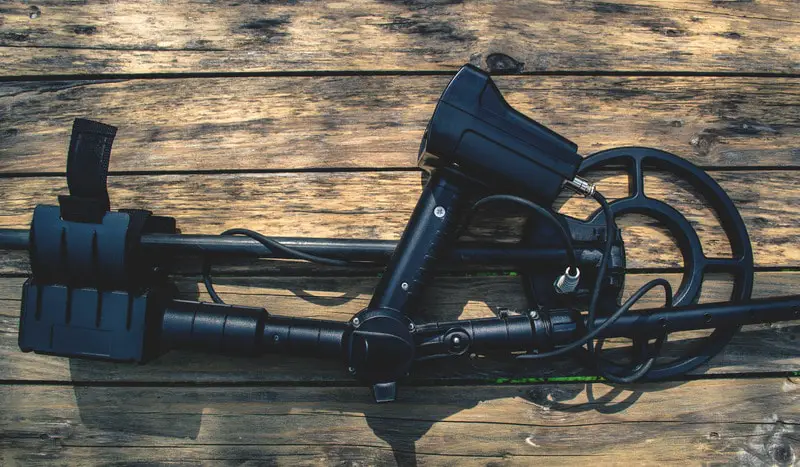
For most people, the confusion around metal detectors stems from how the process actually works. As explained above, too, different metal detectors will work in different ways. As such, it’s hard to give a unified explanation of how each metal detector works.
However, while they all have their own means of detection, the process, and the theory behind how such hardware works is not actually as confusing as it might seem.
These are electronic objects which are used to help find metal that is stuck underneath the floor that you are standing on. Just about every metal detector today is made up of a range of different handheld units, with a sensor probe that can be used to sweep across the ground and other objects they would like to identify.
Once you find something in the area that is metal, then your metal detector will emit a sound of some kind to let you know. The higher the sound is, or the more frequent the sound is, the closer you are to finding the metal that is has picked up.
Another common kind of metal detector, though, are more like security barriers; as you walk through them, they scan you for any potential metal. If you have ever been on an airplane, you will have dealt with this kind of metal scanning.
Metal detectors are more or less always powered using an oscillator, though.
What does the oscillator do?
An oscillator is used to help produce the varying currents needed to get the reaction that is required. If you are using an oscillator, then it will help to make sure that the coil is producing accordingly. This will make sure that the alternative magnetic field that we need to occur can take place.
Should a piece of metal be introduced near to the coil, then it should cause eddy currents to be brought into the metal. This will produce its own personal magnetic field.
If the other coil is able to measure the magnetic field being generated, it will pick up what the change has been caused by. Normally, this is caused by the presence of another metallic object. We’ve been using this technique for a long time now, and it’s a build-on from the methods used in the very first metal detectors that were produced.
This has seen us produce numerous ways to use a metal detector. From hobbyist discovery of old artifacts and gold to being used in military warfare detection, metal detections have numerous purposes.
They are also commonly used in general treasure hunting and even in prospecting. Without that oscillator, though, we wouldn’t able to get a metal detector to produce the information that we need from it.
Digging Deeper: How Search Coils Work
Magnetometer
A magnetometer can be used as a metal detector but it only can detect ferrous or magnetic metals. Although magnetometers can only detect magnetic metals such as iron, alloy, nickel, cobalt, etc. it can detect these metals at a greater depth than a metal detector can. Magnetometers can detect large objects like a vehicle at a greater depth than a metal detector can.
The metal detector process
Generally, the process that a metal detector will go through includes the following:
- The metal detector, powered via wired connection or via a battery, will activate its transmitter circuit. This sends power down to the transmitter coil near the bottom.
- This creates the magnetic field that we mentioned and allows the magnetic field to develop properly.
- Then, if the magnetic field is brought over the top of a metal object, then the magnetic field is capable of piercing through that metal object.
- It then produces an electric current within the object that comes to life, creating a natural flow. This creates a secondary magnetic field, around the object itself.
- The magnetic field then uses the reception coil to make electricity flow around the coil and up into the receiver’s circuitry. This makes the noise to let us know we’ve found metal.
With a metal detector, you can expect there to be a limit of around half a meter down in terms of how far it can detect metal below you. It comes down to various factors, though, including the nature of the ground you are detecting on as well as the age and condition of the metal object itself.
With this in mind, you should find it much easier to find the correct object buried underneath the ground. Just remember that metal detectors are limited; even the strongest industrial-grade options cannot go too far under the rocks. Keep that in mind, and you can get far more use out of a metal detector than you might have expected.
Now that you know how a metal detector works, why not think about investing in one?
You might just find it easy to pick out the new hobby activity that you have been looking for so much. Once you try it out, you’ll realize just how fun and engaging metal detection can be!
Thanks for reading and until next time Happy Treasure Hunting!
Thank you for sharing a lovely, informative article with us. The chief item of this article is How Metal Detectors Work. It is truly amazing that you covered this subject so well in your post. I’ve learned a lot from reading your post and gained a lot of knowledge about it. I like the Pulse Detection of the points in your article.
I Got a complete guideline on how a metal detector works to manage the Pulse detection metal detectors I purchased I have read and enjoyed your article so I would like to share your article with my friends by sharing it in the Facebook group so that everyone can know about your article and gain knowledge about it.
Thank you! I’m glad you enjoyed the article and wish you success in your future treasure hunting!
I have seen some people use the metal detector before but I have never really thought of how they actually work to find the metals that they do find and now I think that this information that you have shared had made me really understand it more and it is good. Maybe I should buy one and use it at the beach.
The beach is one of the best places to go metal detecting. Just make sure you bring along a good sand scoop and sifter. Good luck and happy treasure hunting!!
One thing i don’t joke about is security, it’s very important to get yourself acquainted with the knowledge of how things can be done to ensure your safety and reading about how metal detector works is a good start. This is very interesting and resourceful, I’ve gained quite a few things from it, thanks for sharing.
Your welcome glad I could help!